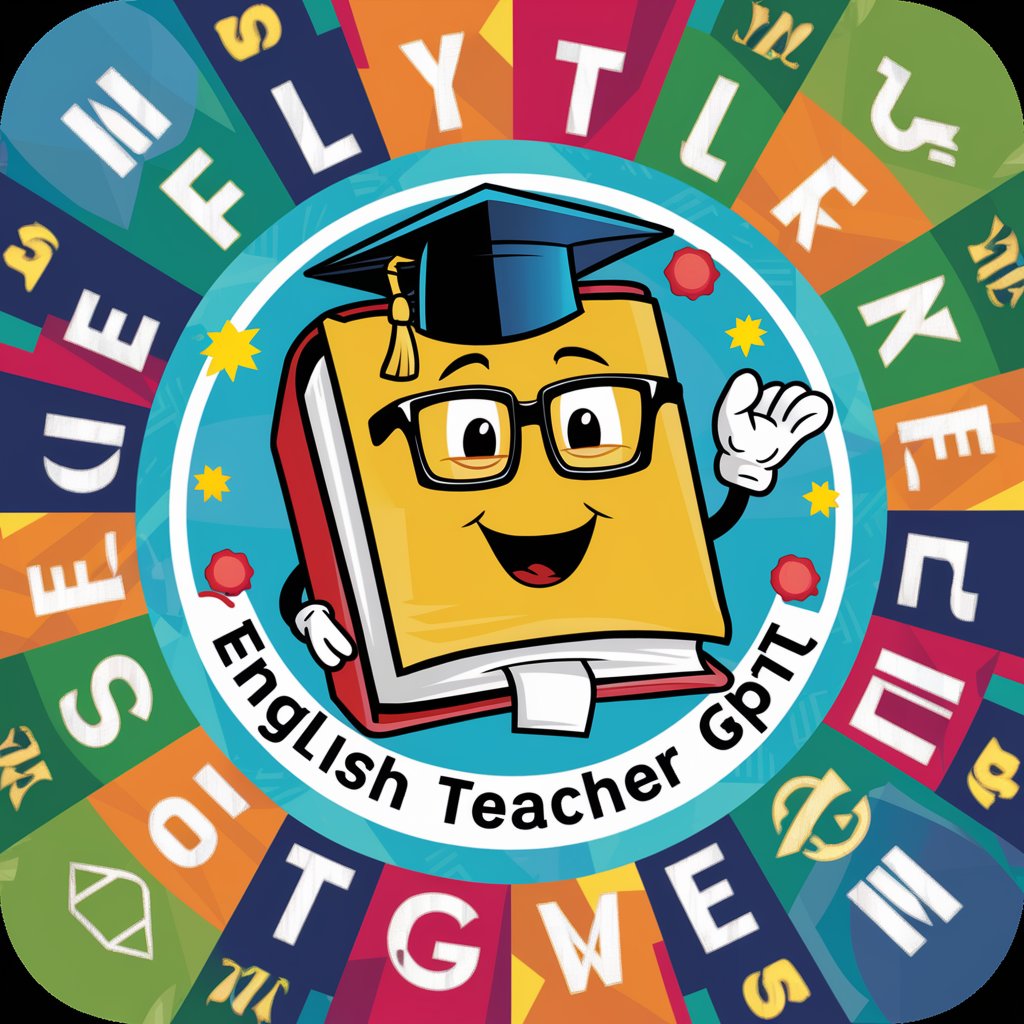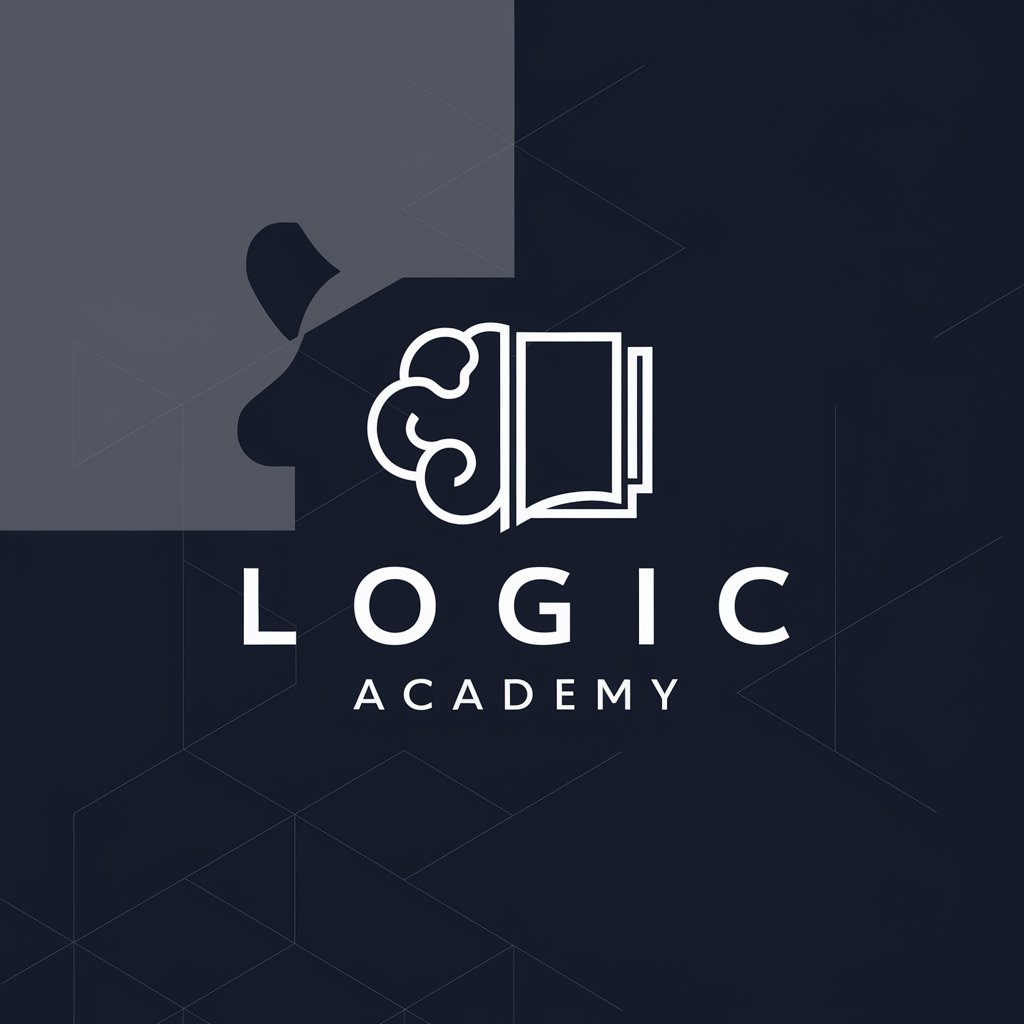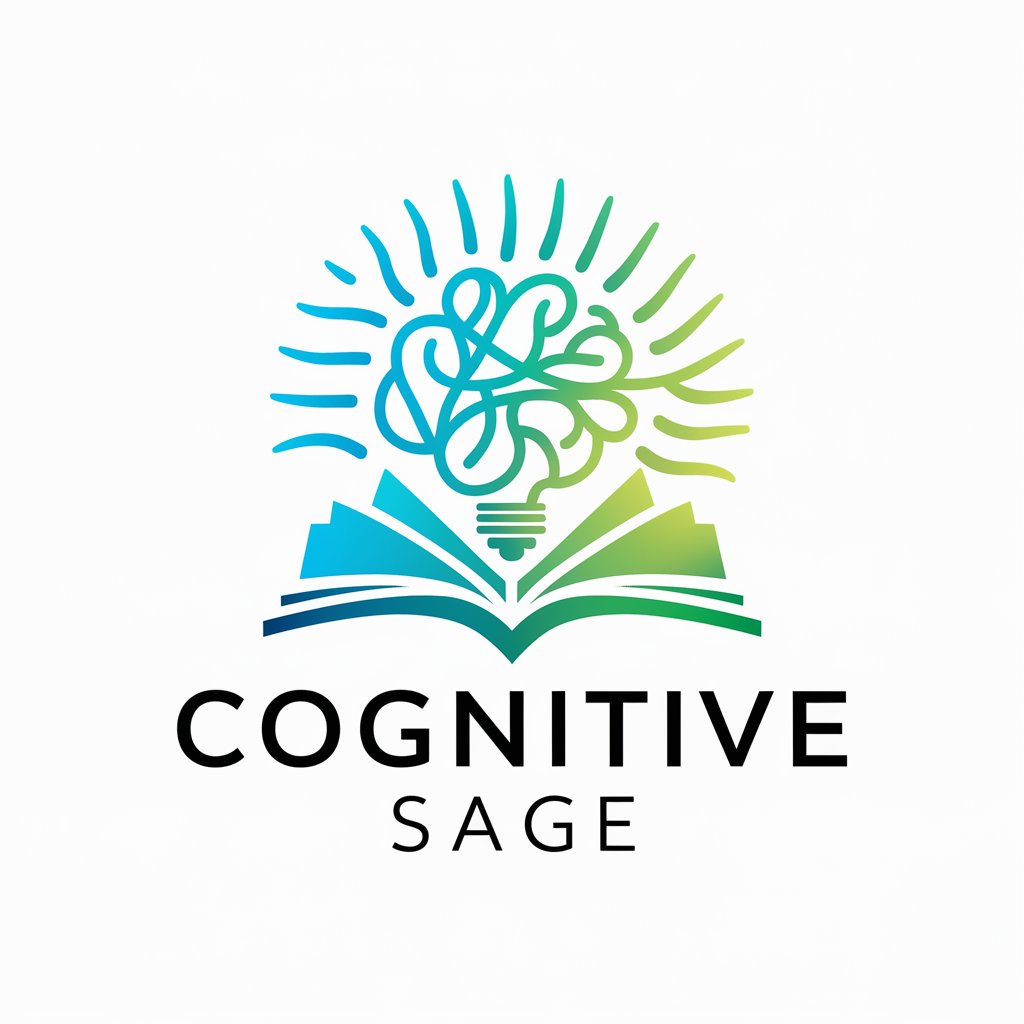Appréciation bulletin - AI-powered feedback tool

Hello
Elevate Your Writing with AI
Get Embed Code
Understanding Appréciation bulletin
Appréciation bulletin is designed to facilitate and enhance the evaluation and feedback process in various contexts, ranging from academic environments to professional settings. Its core purpose is to streamline the creation, distribution, and analysis of feedback reports, making it easier for users to gather insights and make informed decisions. For example, in an educational context, it can automate the generation of student progress reports, incorporating metrics such as grades, attendance, and qualitative assessments. In a corporate setting, it might be used to compile employee performance reviews, integrating feedback from multiple projects and peer reviews to provide a comprehensive overview of an individual's contributions and areas for improvement. Powered by ChatGPT-4o。

Core Functions of Appréciation bulletin
Automated Report Generation
Example
Creating semester-end academic reports for students, including grades, teacher comments, and attendance records.
Scenario
In schools, Appréciation bulletin can automatically pull data from various educational tools and platforms to compile detailed reports for each student, saving teachers and administrators time while providing parents and students with clear, comprehensive feedback on performance and progress.
Customizable Feedback Templates
Example
Designing performance evaluation forms for different roles within a company.
Scenario
HR departments can use Appréciation bulletin to create tailored evaluation forms that align with the specific competencies and goals of different job positions. This ensures that feedback is relevant and actionable, facilitating more effective performance reviews and development planning.
Data Analysis and Insights
Example
Analyzing employee feedback to identify common trends and areas for organizational improvement.
Scenario
By aggregating and analyzing feedback data, Appréciation bulletin can help companies identify strengths and weaknesses across teams or departments, enabling leaders to make strategic decisions about training programs, resource allocation, and policy changes to enhance overall performance and employee satisfaction.
Feedback Sharing and Collaboration
Example
Enabling peer-to-peer feedback among team members to foster a culture of continuous improvement.
Scenario
Appréciation bulletin facilitates the exchange of feedback within teams, allowing members to share insights and suggestions for improvement in a structured, constructive manner. This promotes a collaborative environment where individuals feel valued and supported in their professional growth.
Who Benefits from Appréciation bulletin?
Educational Institutions
Schools, colleges, and educational programs can utilize Appréciation bulletin to automate the creation of report cards, progress reports, and to facilitate teacher-student-parent communication. This helps in maintaining transparency, encouraging student progress, and reducing administrative workload.
Human Resources Professionals
HR departments across various industries can leverage Appréciation bulletin to streamline the performance review process, customize feedback mechanisms for different roles, and analyze employee feedback at scale. This enables them to manage talent more effectively, enhance employee engagement, and drive organizational development.
Team Leaders and Managers
Managers and team leaders in any sector can use Appréciation bulletin to provide timely and constructive feedback to their team members, track team performance over time, and identify opportunities for training and development. This facilitates better communication and alignment on performance expectations and goals.

How to Use Appréciation Bulletin
1. Start Your Journey
Begin by visiting yeschat.ai to explore Appréciation Bulletin with a free trial, no sign-up or ChatGPT Plus subscription required.
2. Explore Features
Familiarize yourself with the tool's capabilities such as generating detailed feedback, creating comprehensive reports, and enhancing written content across various domains.
3. Select a Use Case
Choose the specific application you're interested in, like academic writing or business communication, to tailor the tool's feedback and suggestions to your needs.
4. Input Your Content
Enter the text or document you wish to analyze. Ensure clarity and completeness for the best possible evaluation and recommendations.
5. Receive and Apply Feedback
Review the detailed feedback and suggestions provided by Appréciation Bulletin. Apply the insights to refine your work, leveraging the tool for continuous improvement.
Try other advanced and practical GPTs
Raphael Insight
Empowering Decisions with AI-Powered Insights

English Teacher
Master English with AI-Powered Precision

Logic Academy
Empowering logic learning with AI.

Cognitive Sage
AI-Powered Cognitive Science Mastery

Funny Laughs
Elevate your humor with AI-powered laughs

Tokyo Girl
Discover Tokyo's Fashion Elegance with AI

Courage Companion
Empowerment through AI, overcoming fears together.

Key Quest
Unlock Your Potential with AI-Powered Guidance

Grammar Guru
Elevate Your Writing with AI

Code Inspector
Optimize code with AI-powered analysis

Online Doc
Empowering Your Health with AI

Learn How to Code with AI
Elevate Your Coding Skills with AI-Powered Personal Tutoring

Frequently Asked Questions about Appréciation Bulletin
What makes Appréciation Bulletin unique compared to other AI tools?
Appréciation Bulletin stands out by offering in-depth, detailed feedback tailored to a wide array of use cases, from academic writing to business communications, powered by advanced AI to ensure accuracy and relevance.
Can Appréciation Bulletin help improve my academic writing?
Yes, it's designed to enhance academic writing by providing constructive feedback, identifying areas for improvement, and suggesting refinements to elevate the quality of your work.
Is Appréciation Bulletin suitable for business use?
Absolutely, it excels in business contexts by offering insights to sharpen business reports, emails, and other communications, ensuring they meet professional standards.
How does the feedback mechanism work?
The tool analyzes your input using AI algorithms, focusing on aspects like structure, clarity, and language use, then offers specific, actionable feedback to guide your revisions.
Can I use Appréciation Bulletin for creative writing?
Yes, it supports creative writers by suggesting stylistic improvements, enhancing narrative flow, and providing critiques to help refine storytelling techniques.
